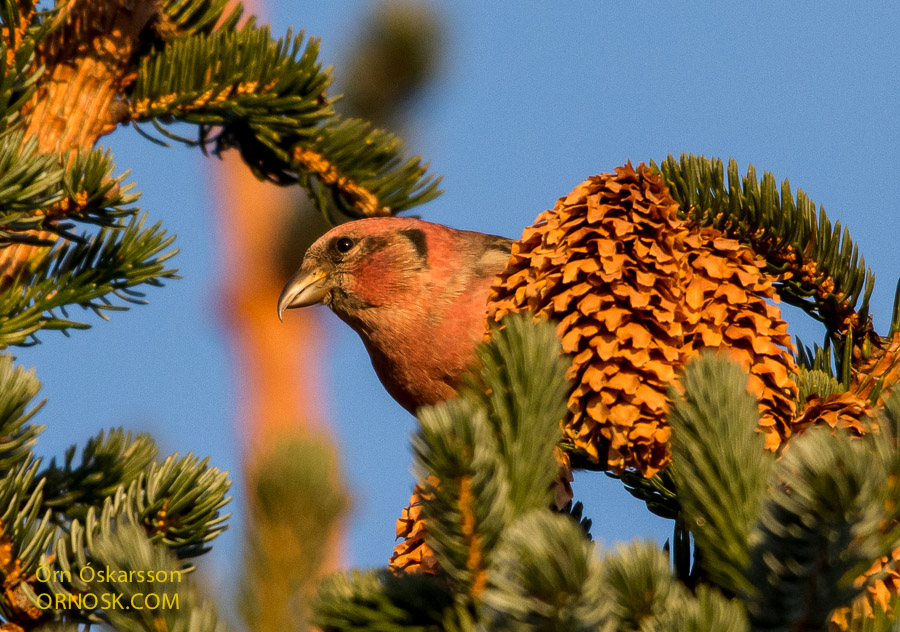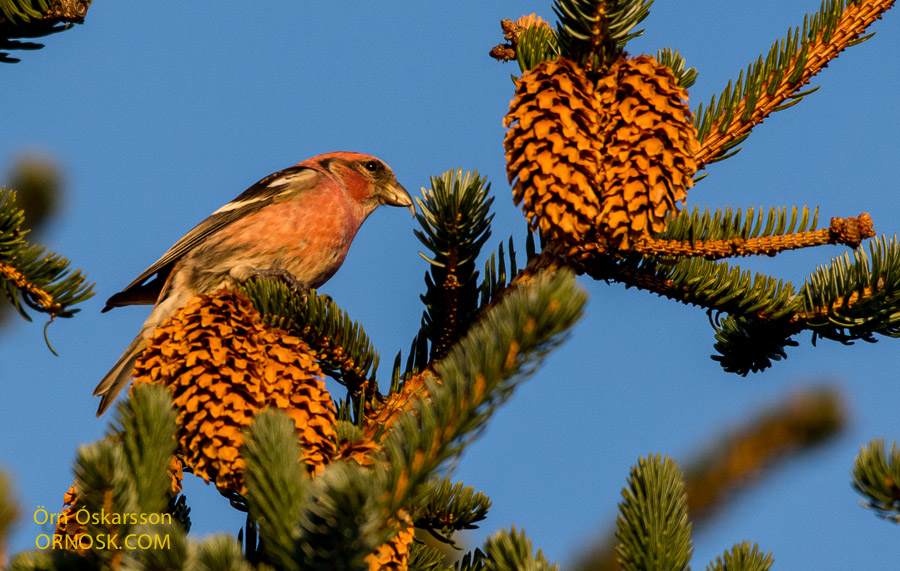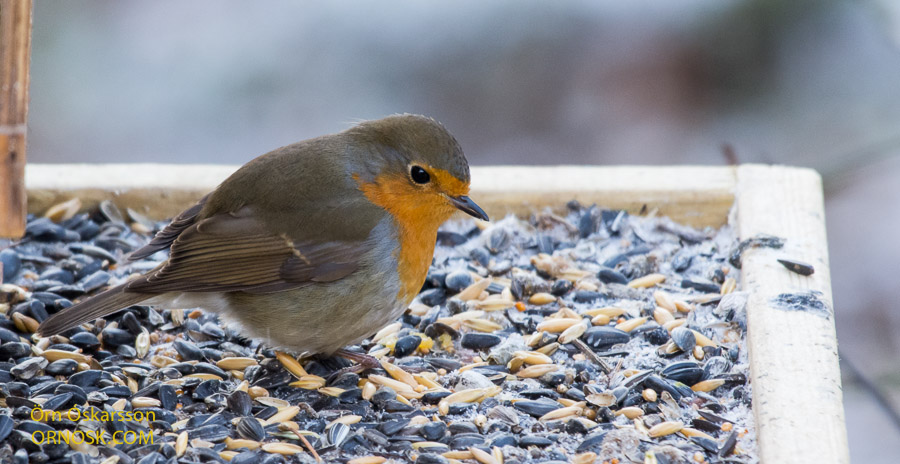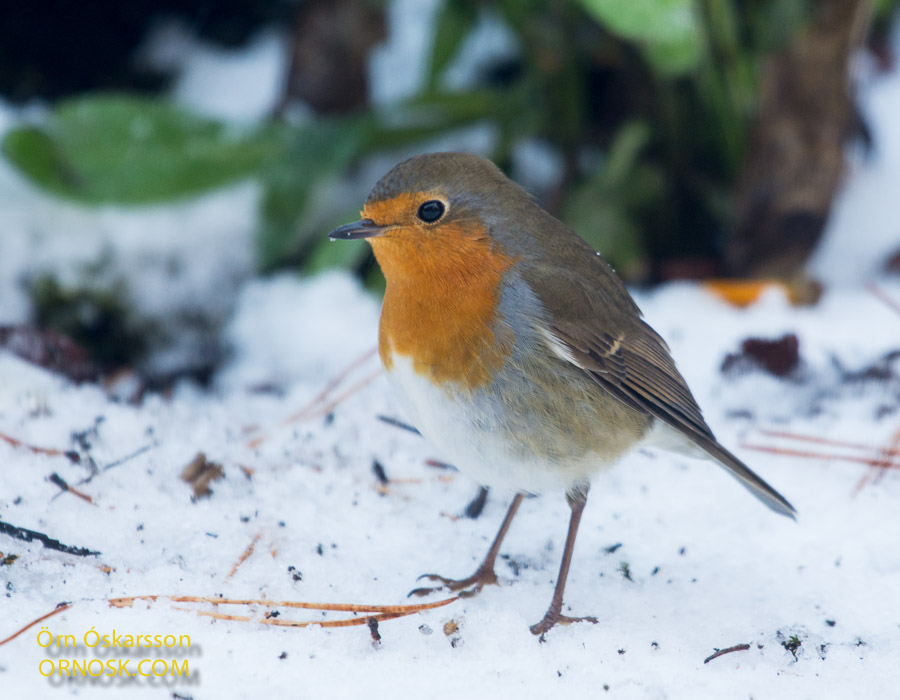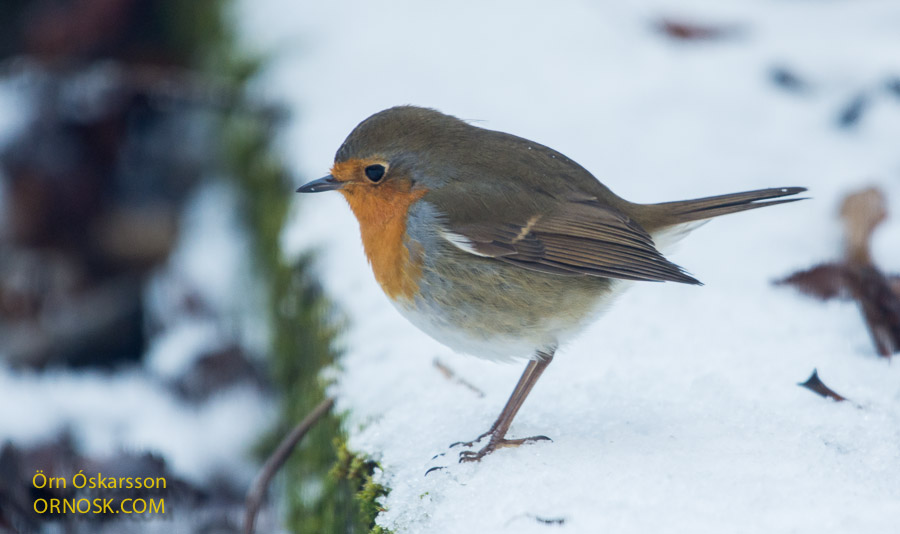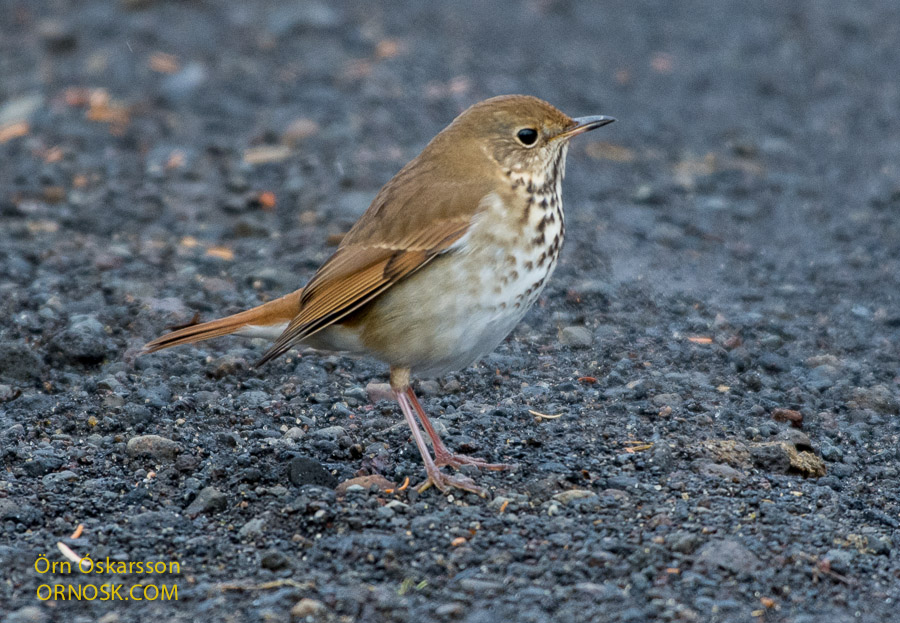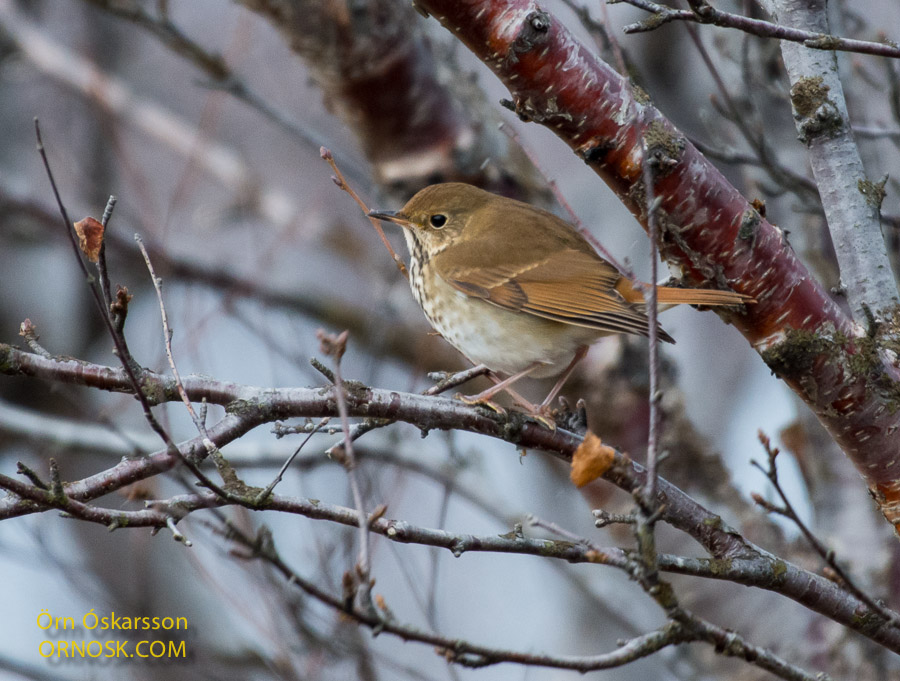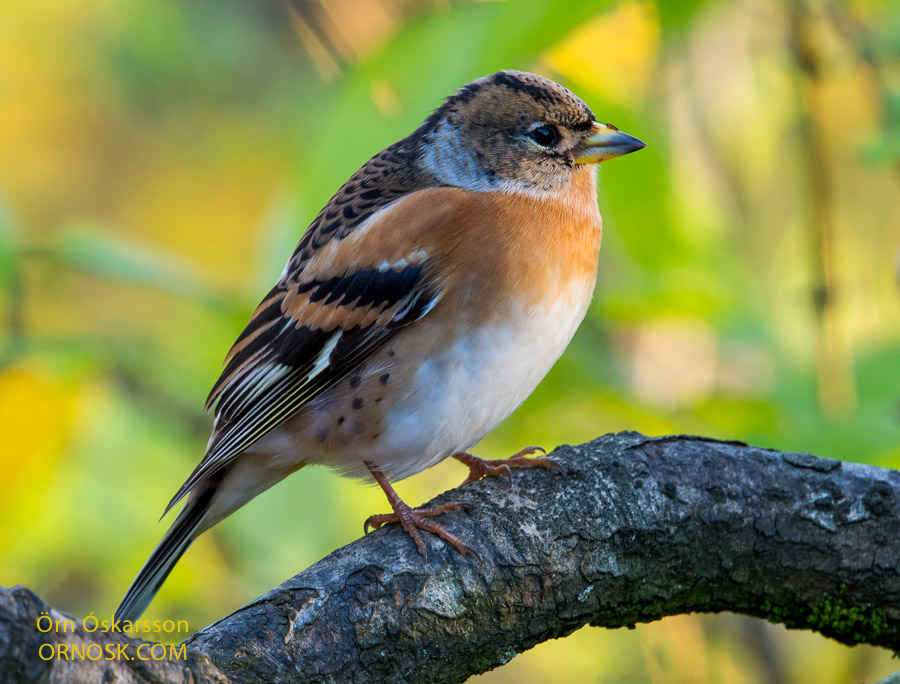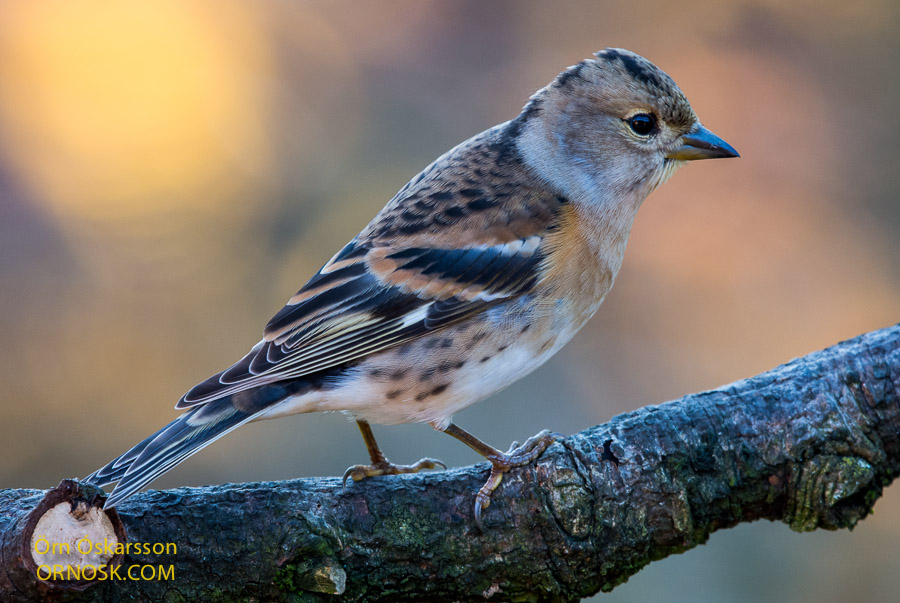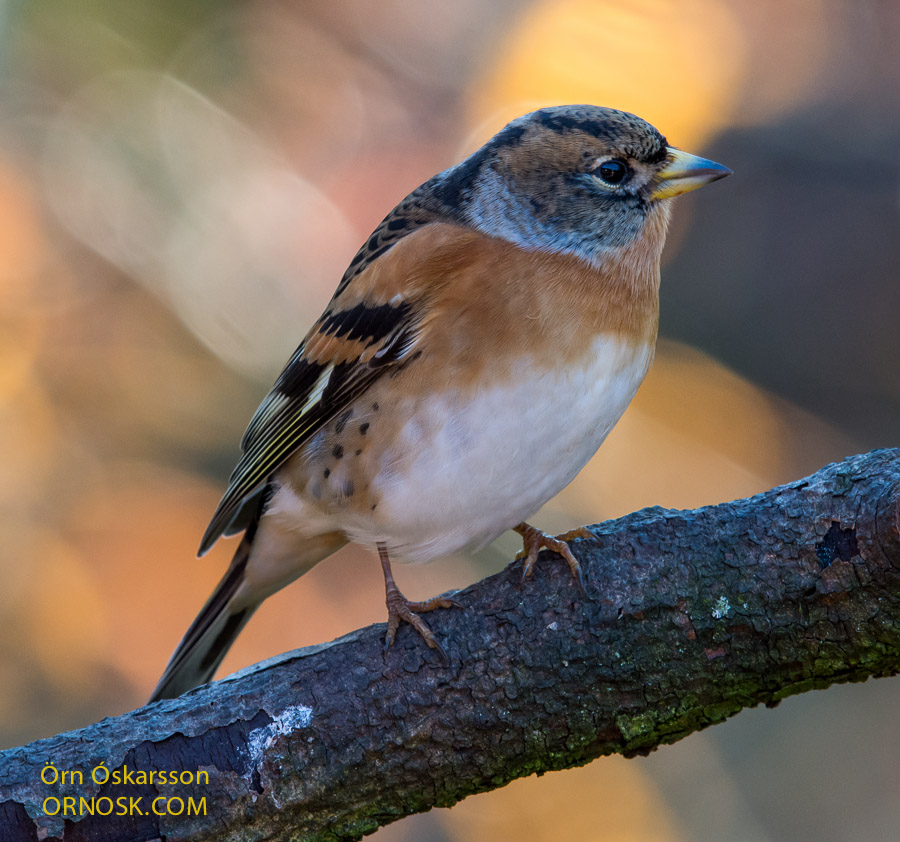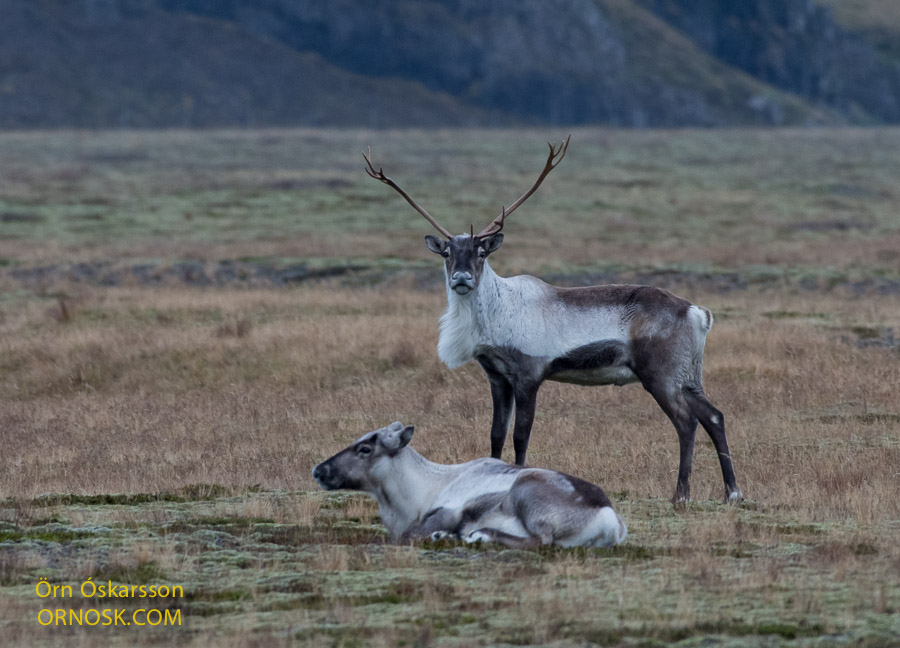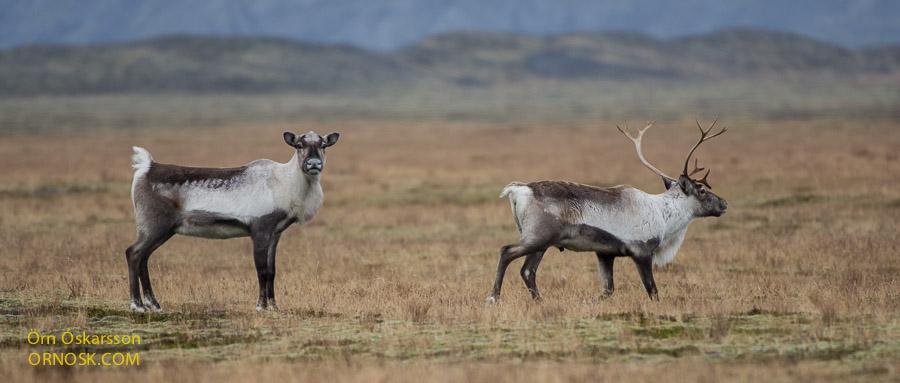
A rare North American vagrant has been the number one diversion for Icelandic birders in the past week. This is the second time that a White-winged Crossbill is spotted here but the first time that a bird of Western Palearctic origin is recorded, the North American subspecies. It was first seen in a small forest clearing called Sólbrekka, near the Blue Lagoon in Reykjanes Peninsula. It is still there and has been since November 8. It is now with a group of Common Crossbills and seems delighted in their company. The females especially seem to have taken a liking to this brightly coloured foreigner.
The American White-winged Crossbill is a breeding bird in the conifer forests of North America and well adapted to severe frosts. However, the White-winged Crossbill that was first spotted here in 2009 in East Iceland was of North Scandinavian/Siberian origin.

